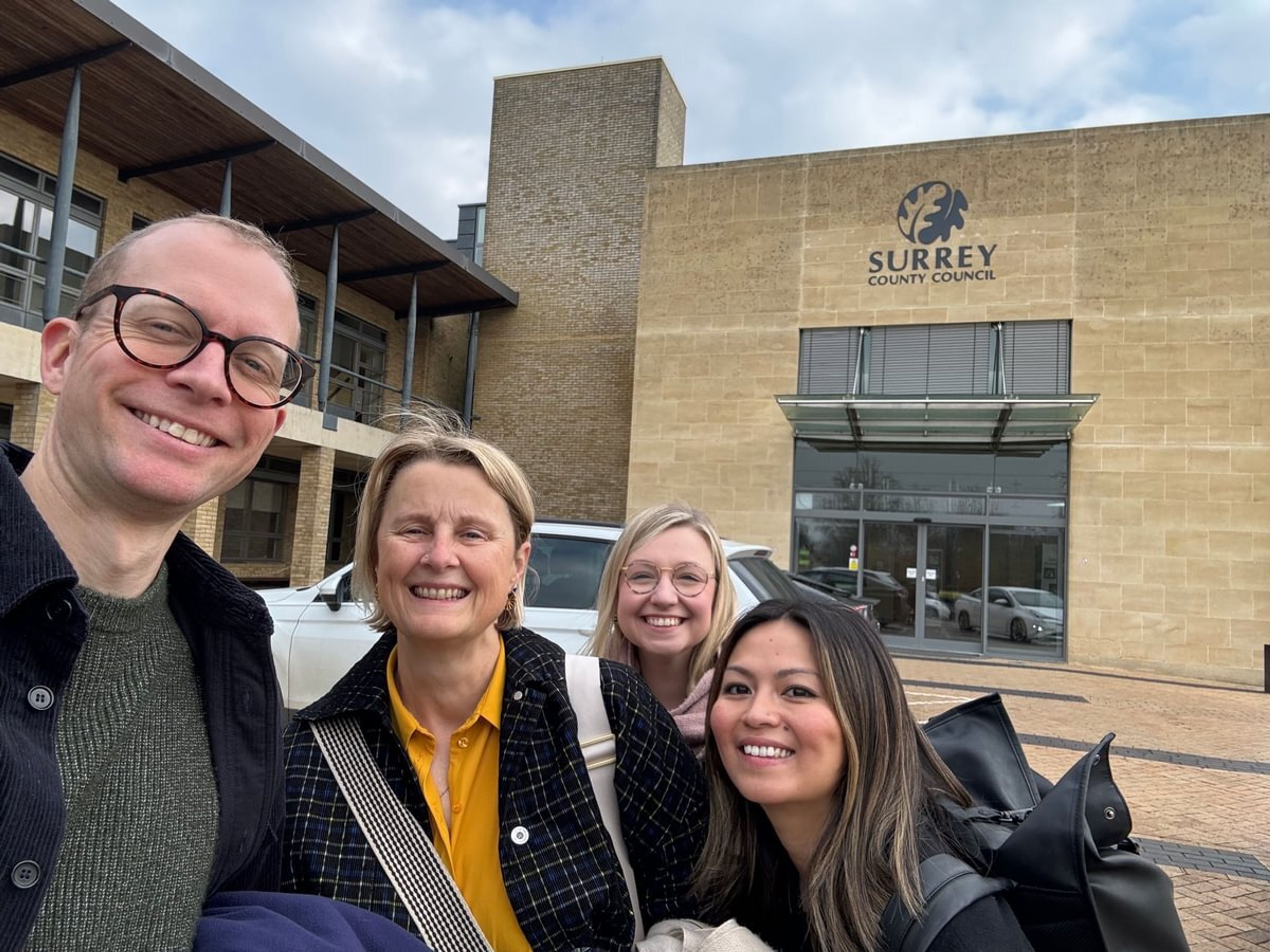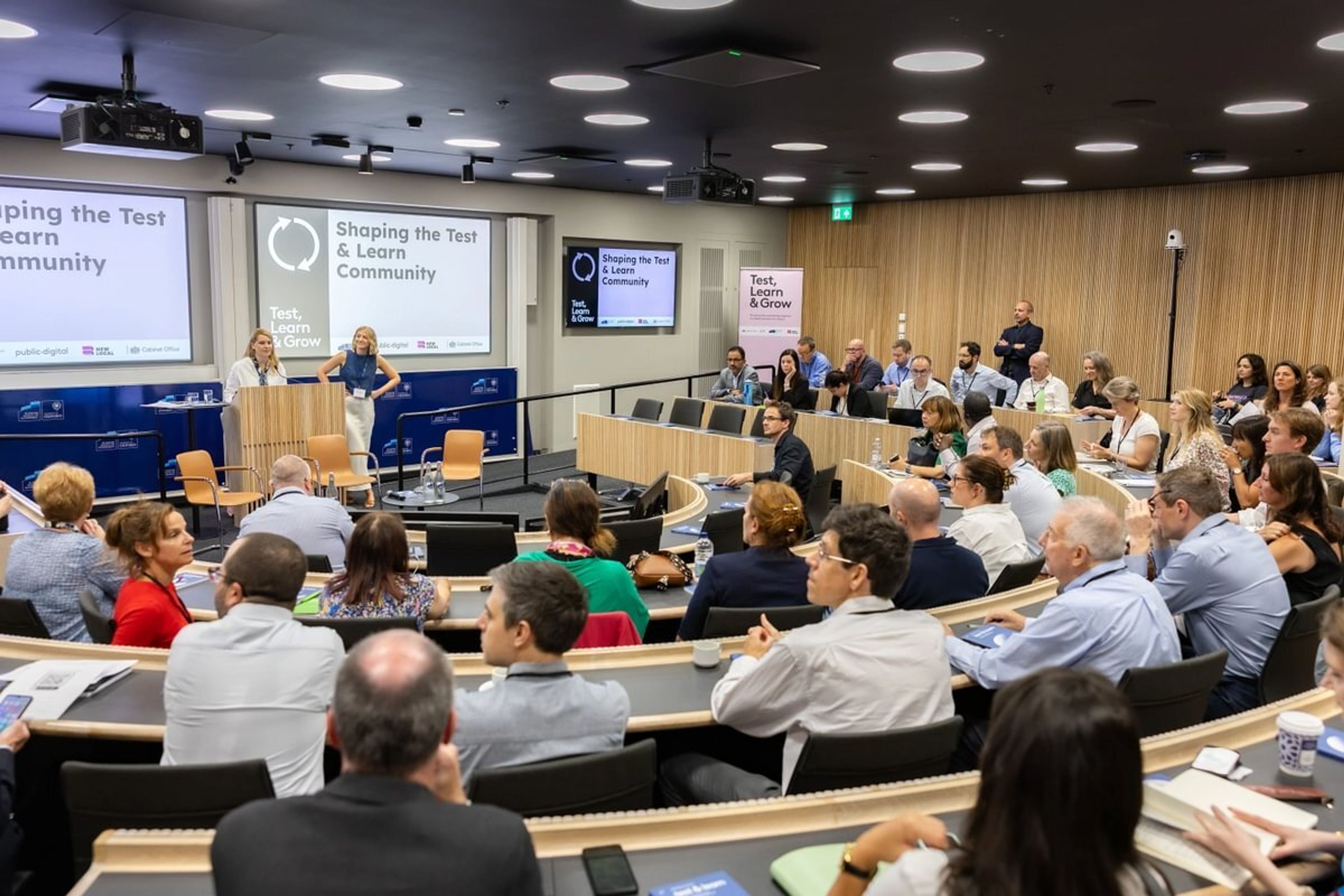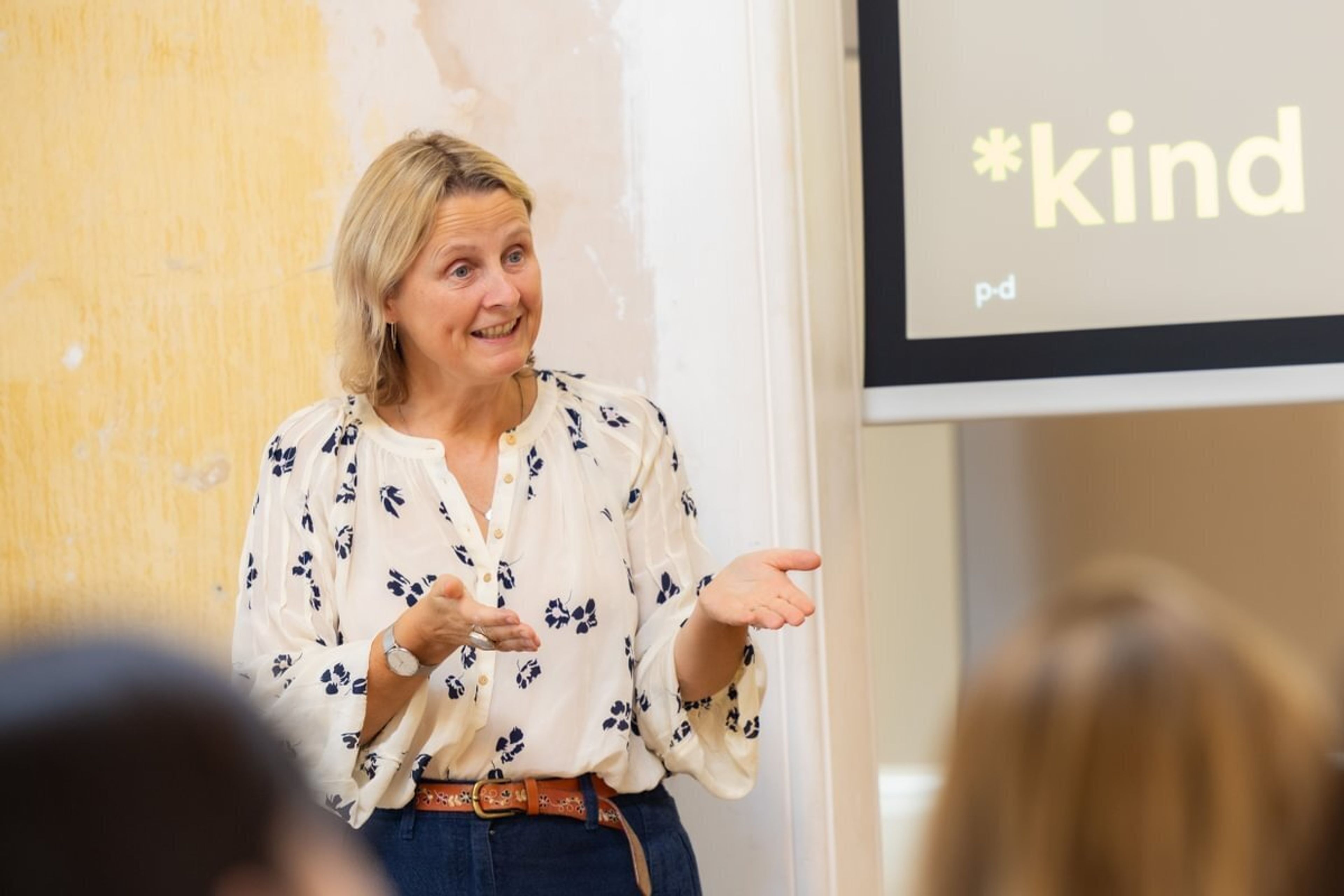Changing how we transform local government
We know that solving complex social problems in our local communities only succeeds when we step back from the paternalistic top-down approaches of the past. Progress comes from harnessing the capacity and creativity of the whole place, combining ground-up knowledge of the issues and the strengths of the people living there, with innovators inside and outside the public sector, working collaboratively and focusing on the outcomes people need. Rapidly testing ideas in practice, learning from each iteration, then trying again and openly sharing what works and spreading that knowledge across the sector should be standard practice.
But the change or transformation teams in most councils, and their colleagues in digital, data and technology, are focused on improving the efficiency of transactional services within a single organisation. Even where they have adopted user centred service design and agile methods, there is a gap between these approaches and what is needed to enable an ecosystem of local service delivery across a range of partners of different shapes and sizes. The opportunity we’re missing is radical transformation of local public service.
At the same time, there are signs of hope and radical thinking.
Liverpool City Region Combined Authority (LCRCA)’s work on creating an Office of Public Service Innovation is a good example of this necessary shift. Learning from examples like Cradle to Career in North Birkenhead, LCRCA is co-designing a new institution of partners across the region, committed to using test and learn approaches and working with the people and communities affected by deep-rooted issues.
The Cabinet Office's public sector reform team at the heart of government is embracing this proven approach to big social challenges, working with places to Test, Learn and Grow.
What’s stopping us?
The same barriers to transformation have been identified by many including DSIT, New Local and Future Governance Forum / Public Digital.
To tackle them we need:
To move from leadership that’s stuck in an old command and control model, which fails to support the “Radical How” approach to systems and servant leadership.
To design adaptable organisations, able to meet the needs of rapidly changing environments.
A supportive centre of government, that creates the conditions needed for local government to collaborate with communities and the wider public sector.
Over the past decade some councils have attempted radical change.
They follow a similar path: a leader with vision creates the space for teams within the organisation to do things differently. They research what users and communities really need, and design new services that take advantage of modern digital technology and support a changed culture. Or they take an even more expansive view of public service transformation and work to nurture community-led and social economy solutions, supporting the growth of networks and neighbourhood power.




